Cease and Desist Letter For Trying To Educate A Property Management Company About Declawing
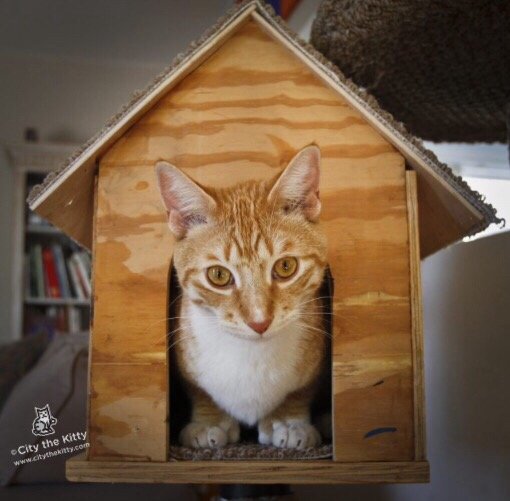
” Please cease and desist calling my client. It is my understanding that you call every day. ” Wrong and a total lie! I wasn’t calling everyday. In fact, since March 20th, I tried to call once a week and then a couple times this week.
Their lawyer said in the email that I was, “harassing my client and such harassment is against the law.” He went on to tell me that if I persist in my, “telephone harassment”, then his client will “file complaints with local law enforcement, and the appropriate law enforcement agencies” where I live.
The phone messages that I left simply asked to call me back, said who I was, and that I wanted to talk about their declawing policy with the appropriate person who sets their pet policy. I never once left harassing phone messages or demanded anything.
Their lawyer also went on to say that they will, “also will file complaints with the FCC and seek to have you retrained from sending further e-mails.”
My vet, friends, and family started recommending that I look into getting them declawed
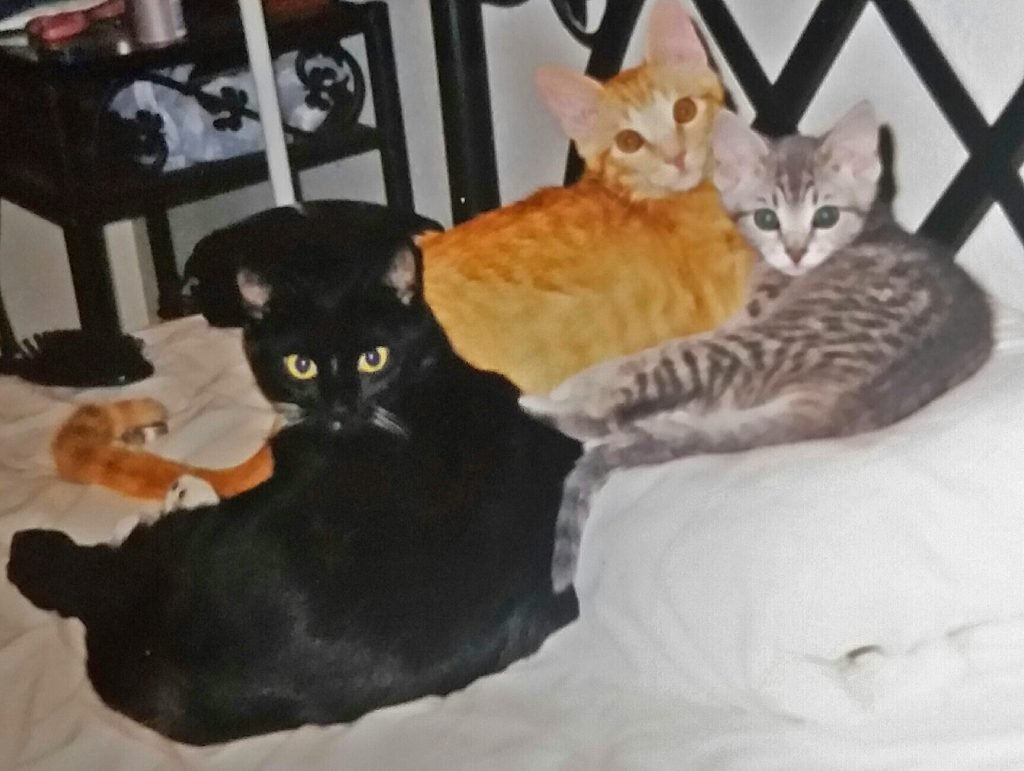
They also taught me that contrary to popular belief, cats CAN be trained to used appropriate scratching posts and that declawing is 100% unnecessary.
Lastly, and most importantly, they taught me that saving a couch, drapes, and carpet can never replace saving a life…..the life of a cat whose chances of making it out of a shelter alive drastically decreases if it doesn’t have claws on its paws.
It is time to make a change

My decision to stop doing this surgery now is that other veterinarians will hopefully follow the new position statement from CVMA and stop declawing cats. As fewer and fewer veterinarians perform this procedure there is less of a concern that clients will go somewhere else and less concern that the surgery is not being done properly with the appropriate pain control.
The demand for this procedure comes from the public, and veterinarians should not be the only ones at fault . Cat owners need to stop asking us to do this procedure and we need say no and provide alternatives.
4 Myths to Debunk Before You Consider Declawing Your Cat
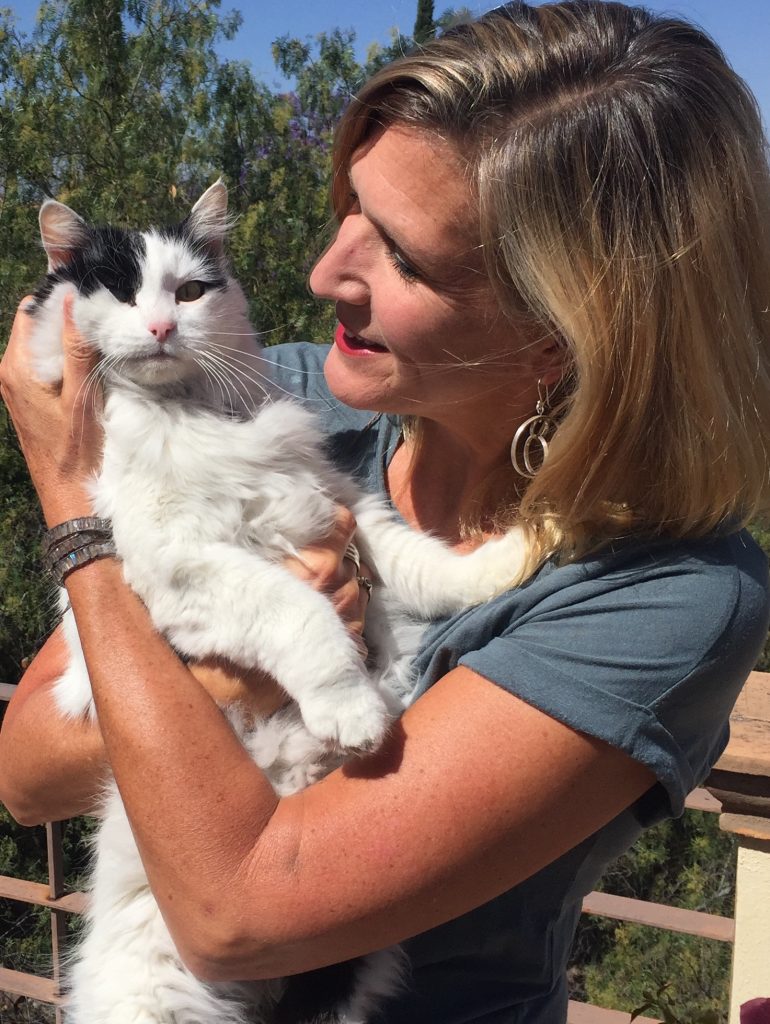
As one of the many veterinarians who refuses to perform declawing surgery, I feel that I’ve heard all the excuses under the sun as to why cats should be declawed. Or, at least, what people thought they knew about declawing. Many people are shocked to learn how awful declawing actually is, and wonder why it was the norm for so long.
New Jersey Veterinarian Says Declawing Is Malpractice

The veterinary professional organizations have not recognized onychectomy for what it really is: malpractice.
For a veterinarian to harm an animal and with no physical benefit to that animal is
tantamount to malpractice. Despite cautions to their members for decades, professional
veterinary associations have not effectively reined in their veterinarians from performing routine
onychectomy.
In 2017 the NJVMA Said Only A Small Number of Declaws Are Performed & They Are Safe & Virtually Painless
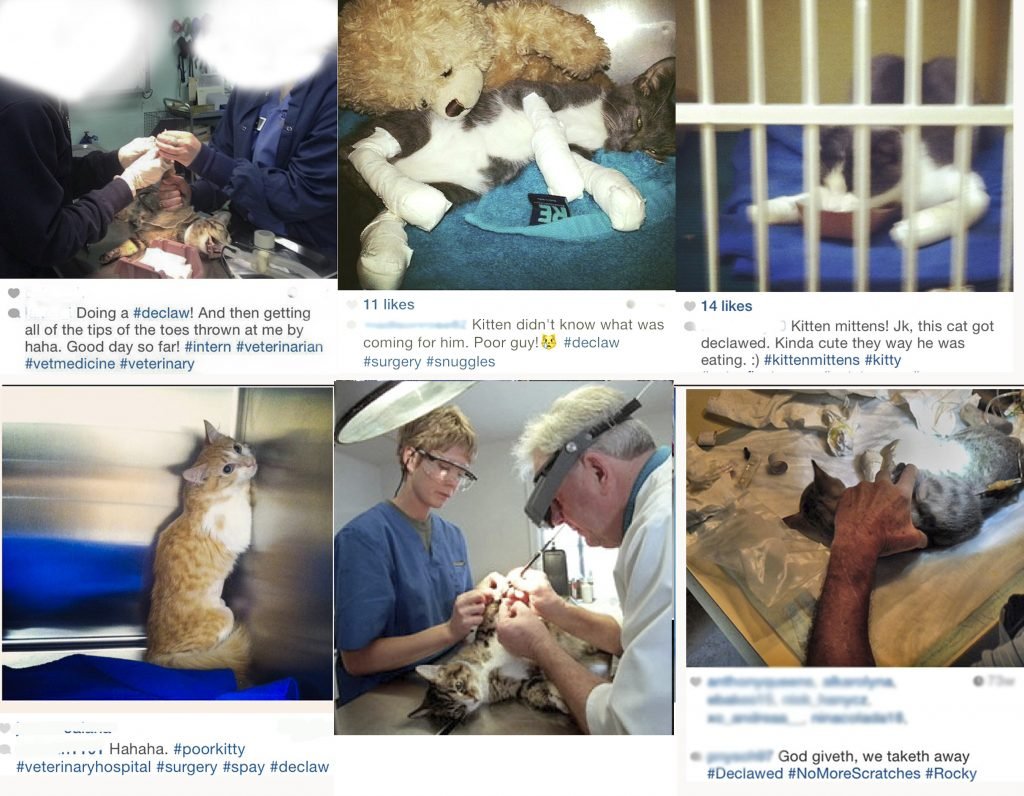
The NJVMA has to lie and use fake facts to protect their right to declaw cats.
It’s almost as if they know there is no good reason to declaw but are trying to convince themselves that it’s ok to still make money from mutilating cats.
The Painful Truth About Declawing

To put these all this in perspective, there are, more or less, 80 million pet cats in the U.S. At least 20% are declawed (estimates range from 20-45%), which is 16,000,000 cats. If even only 5% have long-term painful complications (and the number is likely far higher), that’s still 800,000 cats with known chronic pain, obvious pain.
How many is too many to suffer?
Clearly, veterinarians as a profession have failed to keep up with modern medicine, failed to govern themselves, and failed to understand the universal, serious, and potentially lifetime pain they are causing cats by declawing. Sadly, there is no mechanism to enforce changes in the profession.
Therefore, legislation is necessary to stop the cruel and unnecessary practice of declawing.
Thankful
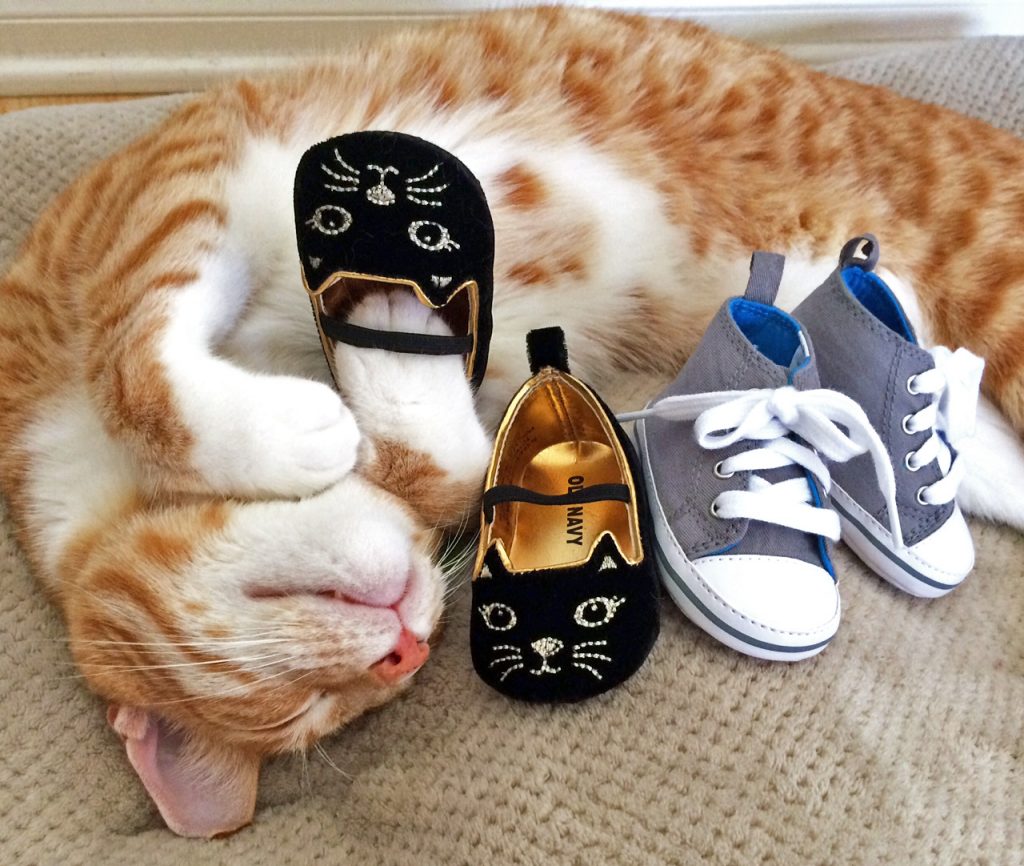
I want to teach my brother and sister (yep twins) everything I’ve learned about love, life, and helping others. I know that they will grow up and love all animals and will treat them and other humans with respect and kindness.
DECLAWING, EDUCATE, ANIMAL AB– USE, LICENSED VET, LAW, REPORT
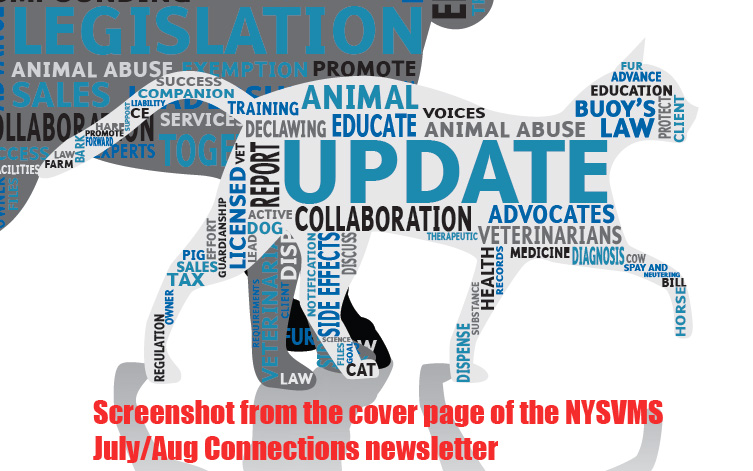
Let’s thank the NYSVMS for reminding us that we must use our VOICES and EDUCATE the public and CAT OWNERS that DECLAWING is ANIMAL AB– USE and that we must protect all cats from LICENSED VETs who are doing this mutilating and inhumane procedure!
Pet Owners Can Dictate Vet Medicine As Long As Vets Make Money From It
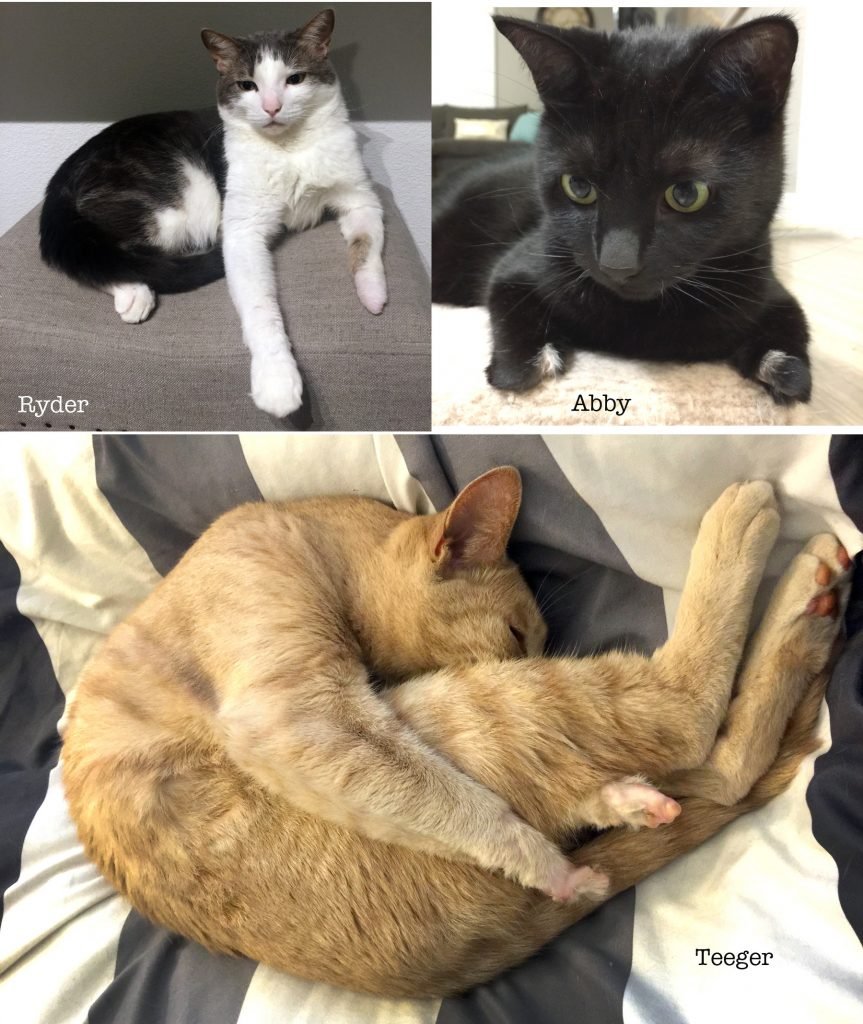
AAHA’s reason they don’t have any declawing standards. “It is up to the pet owner to make the decision that is right for his or her pet. While veterinarians are there to help counsel a pet owner on a possible course of action, the ultimate decision maker is the pet owner. Part of being a responsible pet owner is being an advocate for your pet and making the choice that is in their best interest – while a veterinary hospital is a partner in that choice, it is not their choice to make at the end of the day.”
